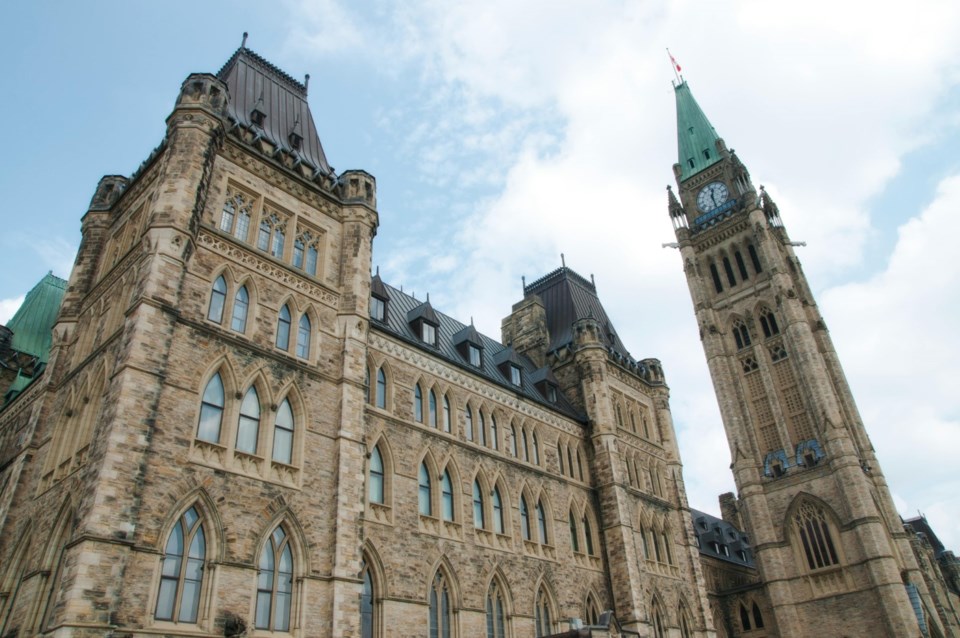With the general election safely in the rear-view mirror, here are some observations.
The Liberal will to power
To me, the most surreal moment came during Mark Carney’s speech on the night he won the Liberal leadership. Raucous cheers ensued when he declared the abolition of the consumer carbon tax and the retreat from the increase in capital gains inclusion rates. If you knew nothing about Canadian politics, you’d think this jubilation was in response to the assertion of long-cherished Liberal policies and principles.
But, of course, it was nothing of the sort.
In fact, the policies being jettisoned were Liberal in origin and had been hitherto fiercely defended. If you criticized the carbon tax, you were labelled a climate change “denier.” And if you were opposed to the capital gains changes, you were indifferent to increased inequality, the spread of child poverty and various other social ills.
This ability to shamelessly execute dramatic policy flips is indicative of the Liberals’ intense passion for power. And however cynical it may be, it’s one of the keys to their status as Canada’s “natural governing party.”
Thus we have Mark Carney presenting as someone who “just got here,” a tactic designed to disassociate himself from the previous Liberal government. It was immaterial that he was an adviser to that same government, has stocked his team with its alumni and was an early advocate of carbon taxes. Instead of the enthusiastic net-zero hawk, he ran as the sober, economics-savvy technocrat whose banking and private sector experience is tailor-made for the current trade-war turbulence.
Does this mean that Carney has abandoned the ideological agenda of his unpopular Liberal predecessor? Not necessarily — and probably not at all.
Still, it worked politically. Will to power isn’t something to be sneezed at.
Conservative blues
There’s no sugar-coating the fact that it’s been a deeply disappointing election for the Conservatives. After being the “inevitable” government-in-waiting just four months ago, the combination of Justin Trudeau’s departure and Donald Trump’s trade war totally upended the electoral landscape. And to add insult to injury, their leader, Pierre Poilievre, lost his seat.
That said, not everything is doom and gloom.
Compared to the actual results from the previous (2021) election, the Conservatives gained 25 seats. Or if you prefer adjusting the 2021 results to reflect the new electoral boundaries, the seat gain comes to 18. Either way, the direction is non-trivially positive.
The popular vote share of 41.4 per cent is similarly impressive. Looking over the past 60 years, the Conservative median vote was in the 35 to 36 per cent range. You might call that their natural base. Only Brian Mulroney’s fragile coalition ever brought them north of 40 per cent.
And as Poilievre has been criticized for simply playing to the base, it’s fair to ask whether 41 per cent or thereabouts is the party’s new base. If it is, the Conservative future is potentially promising.
Mind you, Poilievre might not be around to personally reap the rewards.
The NDP debacle
It was the worst of times for the NDP. Their support collapsed, dropping to its lowest ever level in terms of vote share, and they lost official party status. In the process, they shed over 70 per cent of their caucus and were wiped out in voter-rich Ontario.
Some of this misfortune may be attributed to their propping up the Trudeau government, thus tending to blur the difference between the two parties. So when Trump’s trade war hit, it was easy for NDP voters to flee to Carney’s perceived safe pair of hands.
To the extent that’s true, there’s a historical echo. Between 1972 and 1974, the NDP supported Pierre Trudeau’s Liberal minority in return for various policy concessions. Then the Liberals pulled the plug, winning a majority in the ensuing election while the NDP lost almost half of their seats. It was that will to power again!
This underlines the dilemma confronting parties like the NDP. Do they want to ruthlessly compete for power? Or are they content with shaping public debate, gradually making once-radical ideas seem mainstream and pushing the boundaries of what society sees as politically acceptable?
It’s a very real — and honourable — trade-off choice.
The pollsters
In a post-election interview, poll aggregator Philippe J. Fournier was generally satisfied with his model’s performance. And if you take margins of error into account, he was justified in doing so.
Nonetheless, his final projection had the Liberals at 186 seats and the Conservatives at 124. The respective actuals were 169 and 144. And he significantly underestimated the Conservatives in Ontario while overestimating the Liberals in Alberta.
Vindication is sometimes in the eye of the beholder.
Troy Media columnist Pat Murphy casts a history buff’s eye at the goings-on in our world. Never cynical – well, perhaps a little bit.
©
The commentaries offered on Â鶹´«Ã½ are intended to provide thought-provoking material for our readers. The opinions expressed are those of the authors. Contributors' articles or letters do not necessarily reflect the opinion of any Â鶹´«Ã½ staff.




